Showing 1–12 of 21 results
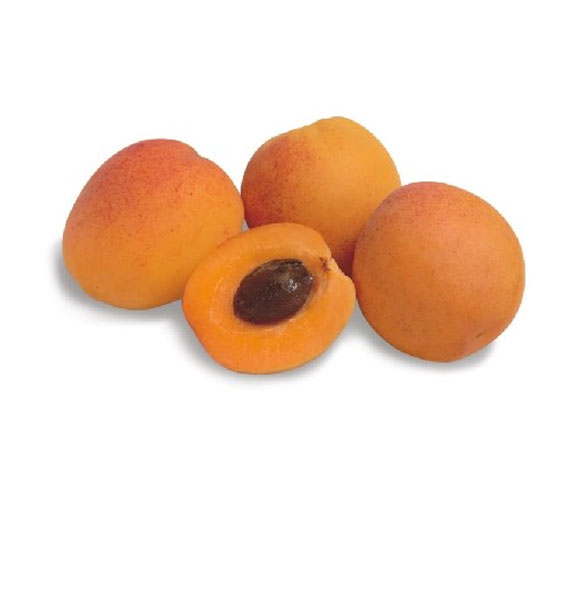
Apricots
This fruit is primarily found in countries bordering the Mediterranean, but can adapt to a wide range of environmental conditions, from relatively cool and rainy to warm and dry climates. It grows best in deep, warm, permeable hillside soil with a medium texture.
This oval-shaped fruit has an orange-yellow colour, often accompanied by bright red shades over certain parts of its surface.
The orange flesh is relatively firm and has a high sugar content well-balanced by its level of acidity.
The production of apricots in the Naturitalia system comes from suitable areas in northern and southern Italy.
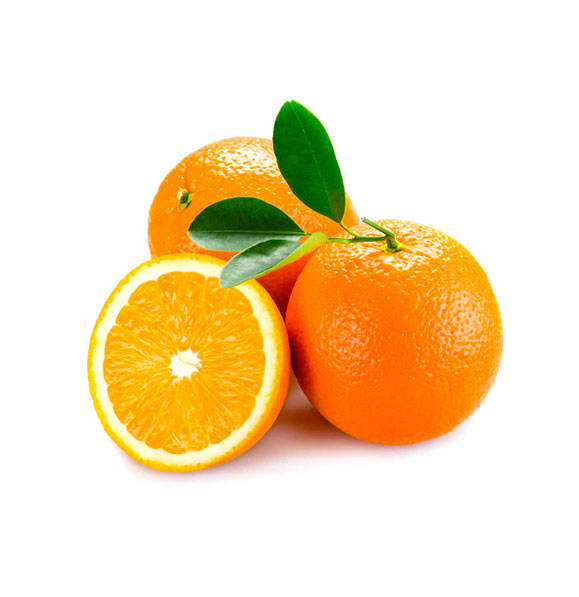
Oranges
This tree-growing citrus fruit is widely found in countries with a subtropical and temperate climate. It requires plenty of water and prefers deep, well-drained, medium-textured soil rich in organic substances. The fruit has a surface with fine papillae, a medium peduncle with a strong attachment, and deep orange or red peel and flesh.
It has a spheroidal shape with a rounded base, sometimes truncated and covered by shallow grooves. The coarse, soft flesh is juicy with a medium sugar and acidity content, and can also come in seedless varieties.
The production of oranges in the Naturitalia system comes from suitable areas in southern Italy.
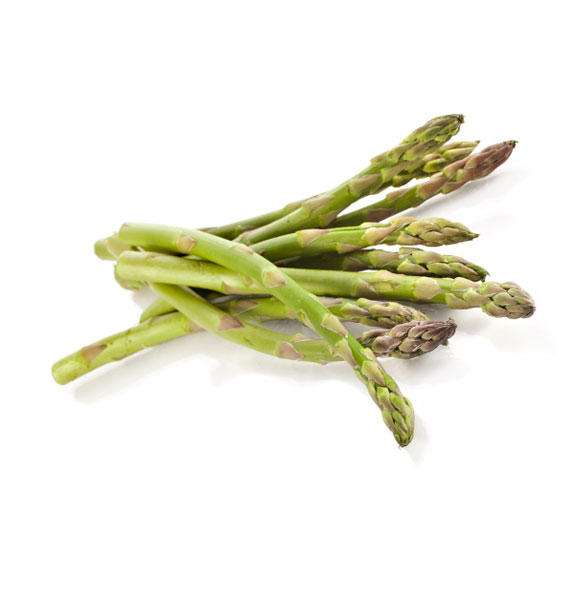
Asparagus
A member of the Liliaceae family, asparagus is a perennial vegetable. The stalks are edible and have a particularly subtle flavour. They grow from underground rhizomes and can be various colours: green, white or purple. The rhizomes, commonly known as crowns, bear the roots and grow upwards. Asparagus is generally grown outdoors in fields, but it can also be semi-forced in greenhouses. The asparagus does not have any particular climate requirements, given that it can withstand high and low temperatures.
The production of asparagus in the Naturitalia system comes from suitable areas in northern, central and southern Italy and is supported by early produce from Spain.
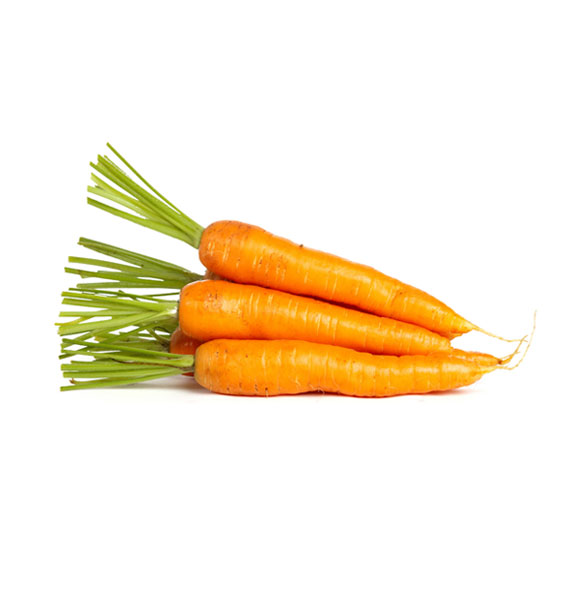
Carrots
This herbaceous biennial crop is suitable for temperate climates and requires a moderate amount of heat. It prefers deep, cool, well-drained soil tending towards sandy; it is particularly suitable for growing in coastal soil. Carrots come in a variety of shapes and can be cylindrical or conical; they are medium and large in size, and the varieties grown are fleshy. It is a vegetable rich in beta-carotene.
The production of carrots in the Naturitalia system comes from suitable areas in northern, central and southern Italy.
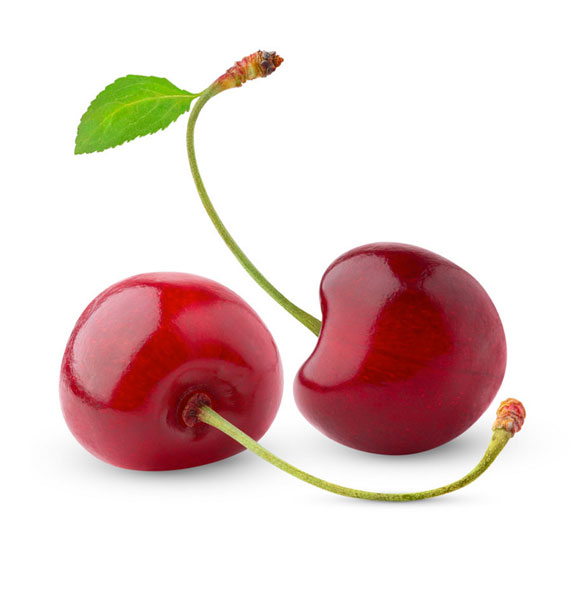
Cherries
This fruit originally from Asia Minor grows widely in all countries with a temperate climate; it requires mild climates and well-aerated, perfectly drained soil. The cordate fruit has bright light red to dark red, verging on black, colouring on its skin. The colour of the flesh is between pink and red, while the peduncle can be short or medium-long.
It has excellent organoleptic properties, with a good balance of sugars and acids.
The production of cherries in the Naturitalia system comes from suitable areas in northern and southern Italy.
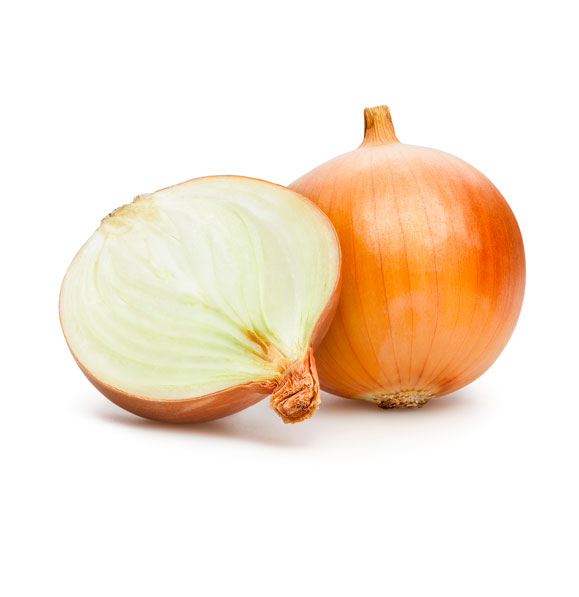
Onions
This herbaceous biennial crop does not require much water and heat; it is suitable for warm, temperate and cool environments. It grows in medium-textured soil with a low acidity and salinity content that is well-drained and rich in organic substances. The bulb is characterised by its round shape or slightly elongated top, with silver-white outer skins and decidedly fleshy white inner skins. Red onions have an elongated round bulb and deep red outer skins.
The production of onions in the Naturitalia system includes the best produce from one of the finest growing regions in Italy, the Bologna Plains. The vast range includes red, white and yellow onions, offering the best solutions for various market and consumer needs in terms of product selection and quality.
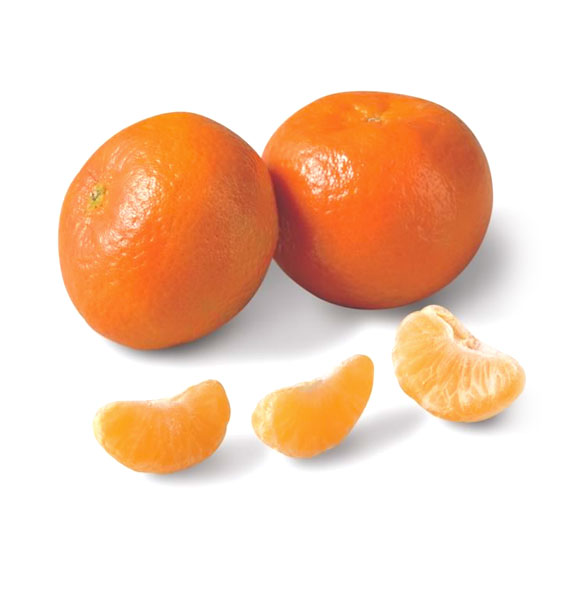
Clementines
This citrus fruit is widely found in countries with a temperate climate and, in particular, in the Mediterranean basin. It requires plenty of water and prefers deep, well-drained, medium-textured soil rich in organic substances.
The peel of the fruit is covered with papillae and has a typical colour of the variety over a large part of its surface; the fruit has a flattened oval shape with orange peel and deep orange flesh. The slightly soft, juicy flesh is characterised by a high sugar content, medium acidity and no seeds.
The production of clementines in the Naturitalia system comes from suitable areas in southern Italy and is supported by early produce from Spain.
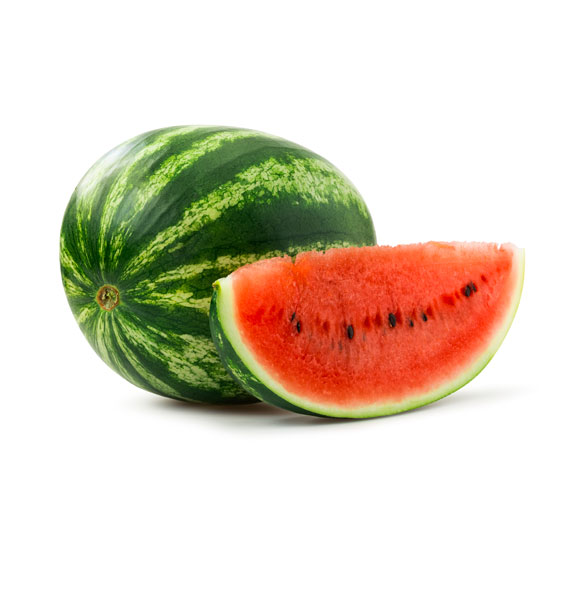
Watermelons
This herbaceous annual fruit requires lots of heat and grows in warm and temperate environments. It is suitable for various types of soil provided that it has a high phosphorous and potassium content, and is deep, fertile and has plenty of water. The traditional rounded or elongated fruit is rather dark green with light green or very dark green longitudinal striations. The seedless fruit variety is spherical, small and very dark green, bordering on black. The bright red flesh is compact, crunchy and has a good sugar level.
The production of watermelons in the Naturitalia system comes from suitable areas in northern, central and southern Italy and is supported by produce from Greece.
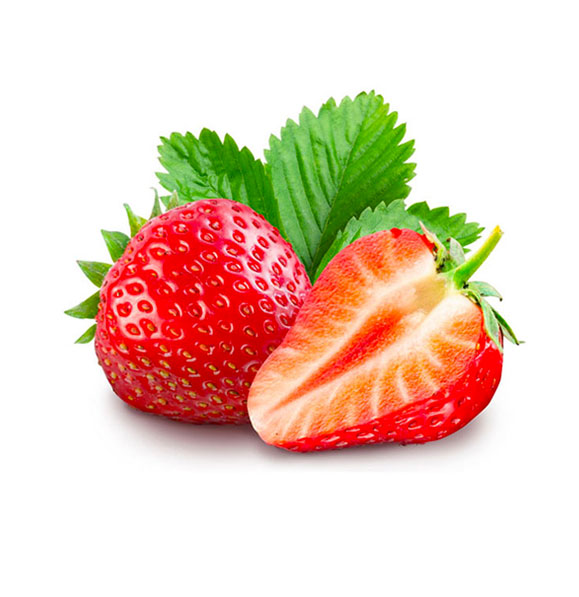
Strawberries
Strawberries are grown almost everywhere in the world, although certain varieties primarily grow wild in forests. Strawberries require temperate climates to grow; they prefer medium-textured soil rich in organic substances, with a low salinity and moderate acid content, but they can also adapt to clayey soil.
The fruit is a shiny bright red with white to slightly pinkish flesh; the flesh is firm with a good sugar content well-balanced with the level of acidity; it has a good flavour with varying aromatic intensity depending on the variety.
The production of strawberries in the Naturitalia system comes from suitable areas in northern and southern Italy and is supported by early produce from Spain.
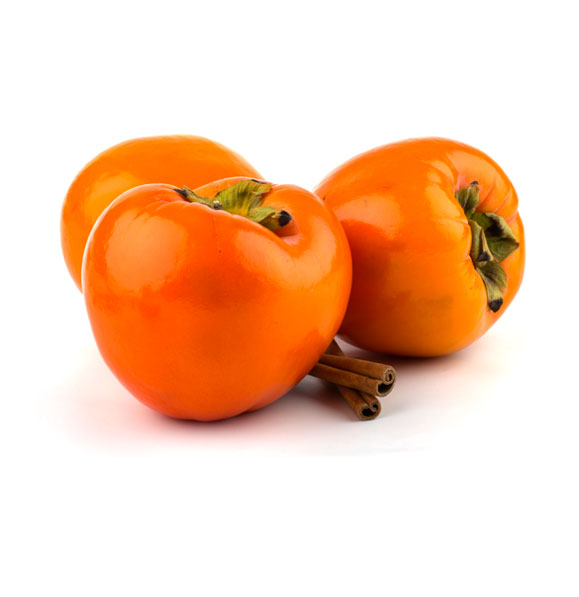
Persimmons
The persimmon tree can reach several metres high. It is originally from Asia, but is now grown in countries with a warm, temperate climate. It grows best in deep, well-drained, medium-textured soil, but can also adapt to clayey soil. The round fruit has an orange yellow peel when harvested and deep orange when ripe; the flesh has a medium sugar content and is liquescent, fibrous and bronze-coloured with dark spots.
The production of persimmons in the Naturitalia system comes from suitable areas in northern Italy.
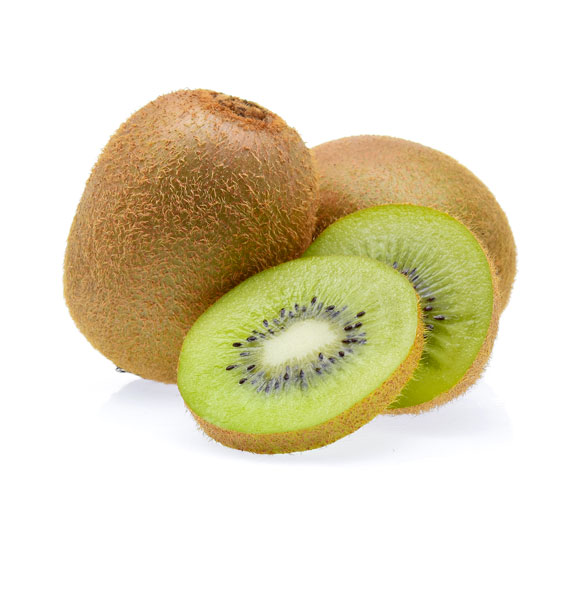
Kiwi
This fruit originally from the East prefers cool, deep, well-drained soil rich in organic substances, with a mixed climate free from any sudden changes in temperature.
The ellipsoidal fruit with its light brown peel is covered with hairs; the flesh can be green or yellow depending on the variety, with lighter striations and many small black seeds; it is soft, juicy, slightly acidic, with a strong contrasting flavour between sweet and sour.
The production of Hayward kiwis in the Naturitalia system comes from suitable areas in northern, central and southern Italy and is supported in the off-season by produce from Chile.
Jingold is the only kiwi with yellow flesh, the Jin Tao variety, a natural fruit from the A. Chinensis tree, for which the Kiwigold Consortium holds the exclusive worldwide rights. It has a regular cylindrical shape with hazelnut-coloured skin and light yellow flesh which turns yellow, fragrant and firm when ripe.
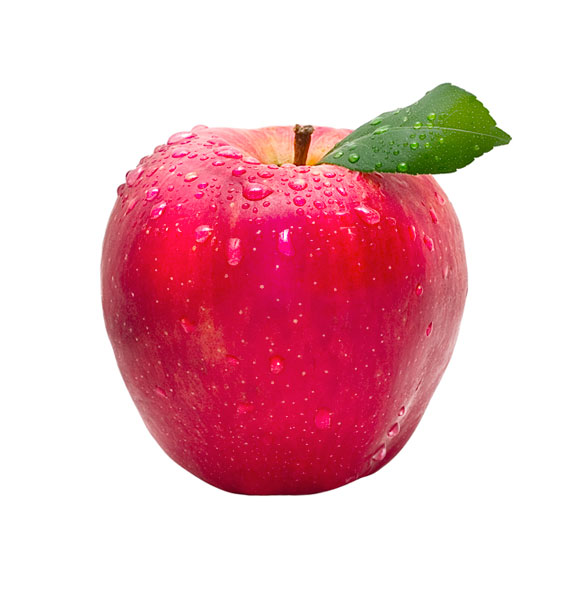
Apples
This fruit grows in temperate climates, bordering on cool, and prefers fresh, sunny environments not exposed to strong winds, with cool, clayey and sandy soil rich in humus and well-drained. The fruit is characterised by its peel with varying deep colours and, when ripe, the flesh is white with varying shades and intensity, fine and firm, juicy, sometimes acidic and has a good sugar content.
The production of apples in the Naturitalia system comes from suitable areas in northern Italy.
